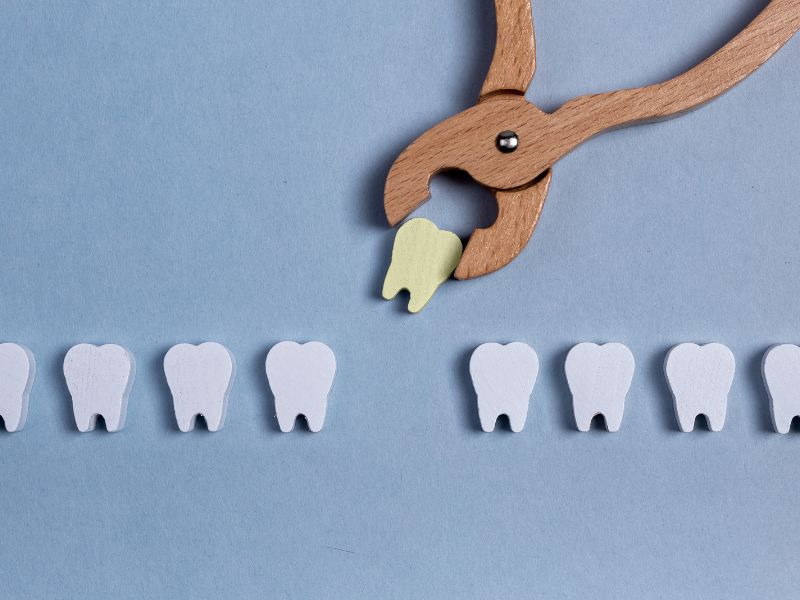Tooth Extraction Near Me: What Really Happens Before, During, and After

If you're dealing with tooth pain, swelling, or your dentist just told you that a tooth needs to come out — you're not alone. Extractions are one of the most common dental procedures, and when done correctly, they can actually bring a lot of relief.
Still, it’s normal to feel nervous, especially if this is your first time. This guide breaks everything down — from the moment you hear "you need a tooth pulled" to what life looks like after it's done.
Why Would a Tooth Need to Be Removed?
Not all teeth are meant to last forever. Sometimes, removing one is the smartest option to protect your overall health.
Here are some common reasons:
· A tooth is severely decayed or broken and can’t be saved with a filling or crown
· Gum disease has weakened the bone around a tooth
· Impacted wisdom teeth are causing pain or shifting nearby teeth
· Crowding before orthodontic treatment
· A serious infection or abscess that hasn’t responded to antibiotics
Your dentist will only recommend extraction if it’s truly necessary — often when keeping the tooth could do more harm than good.
What Happens Before the Procedure
It starts with an exam. Your dentist will:
· Look at the tooth and surrounding area
· Take an X-ray to see the root and bone structure
· Review your medical history
· Talk you through sedation or numbing options
Before the appointment, you might be asked to:
· Avoid eating or drinking for a few hours (especially if you’re getting sedation)
· Take prescribed medication
· Arrange a ride home if needed
The Day of Your Tooth Extraction
The good news? The procedure itself is usually quick — and you shouldn’t feel pain during it. Most people are surprised by how easy it is.
Here’s a simple overview of what to expect:
1. Numbing the area with local anesthesia
2. Loosening the tooth using gentle pressure
3. Removing the tooth with dental forceps
4. Placing gauze over the site to stop the bleeding
If it’s a surgical extraction (like with impacted wisdom teeth), the dentist may need to make a small incision in the gum or break the tooth into smaller pieces. Either way, you’ll be kept comfortable the entire time.
How to Take Care of Yourself Afterward
The healing process starts as soon as the tooth comes out. Here are tips to keep things smooth:
· Bite down on gauze for 30–60 minutes
· Use an ice pack to reduce swelling
· Avoid drinking through a straw or smoking for at least 24–48 hours
· Stick to soft foods (soups, mashed potatoes, yogurt)
· Sleep with your head elevated to reduce bleeding and swelling
· Take pain medication only as directed
And yes — keep brushing your other teeth. Just stay gentle around the extraction site.
When to Call the Dentist After an Extraction
Minor pain or swelling is normal, but be on the lookout for:
· Bleeding that doesn’t stop after a few hours
· Fever or chills
· A bad taste or pus near the site
· Intense pain that returns after a day or two
These could be signs of dry socket or infection, and they need quick treatment.
Recovery Timeline: What’s Normal?
· Day 1: Bleeding slows and clot forms
· Days 2–3: Swelling may peak, but pain should be manageable
· End of Week 1: Most people return to normal routines
· Weeks 2–4: Gums continue healing
· 6+ Weeks: Bone under the gum fully fills in
Healing can vary depending on the tooth, your overall health, and whether it was a simple or surgical extraction.
It’s Okay to Have Questions
Having a tooth removed is never fun, but in the hands of a skilled dental team, it can be a smooth and comfortable process. And once you heal, you’ll be glad to be free of the pain or infection that brought you in.
If you're looking for tooth extraction near you, don’t wait. Call today to book a consultation and find out what your options are.
We’re here to walk you through it—step by step—and help you feel at ease.


